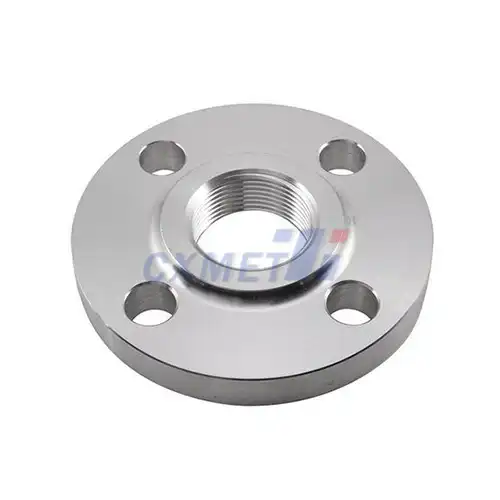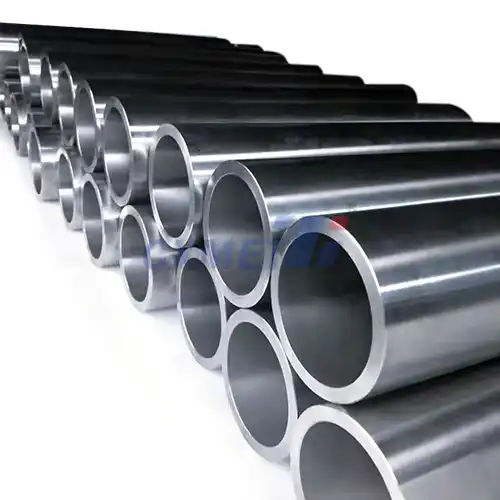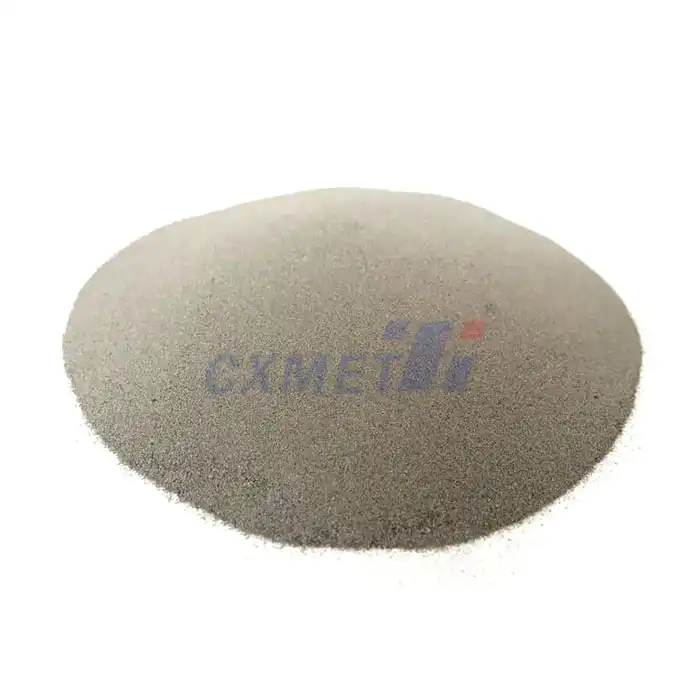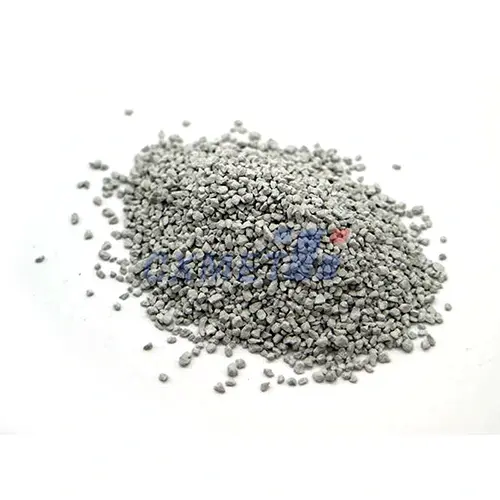- English
- French
- German
- Portuguese
- Spanish
- Russian
- Japanese
- Korean
- Arabic
- Greek
- German
- Turkish
- Italian
- Danish
- Romanian
- Indonesian
- Czech
- Afrikaans
- Swedish
- Polish
- Basque
- Catalan
- Esperanto
- Hindi
- Lao
- Albanian
- Amharic
- Armenian
- Azerbaijani
- Belarusian
- Bengali
- Bosnian
- Bulgarian
- Cebuano
- Chichewa
- Corsican
- Croatian
- Dutch
- Estonian
- Filipino
- Finnish
- Frisian
- Galician
- Georgian
- Gujarati
- Haitian
- Hausa
- Hawaiian
- Hebrew
- Hmong
- Hungarian
- Icelandic
- Igbo
- Javanese
- Kannada
- Kazakh
- Khmer
- Kurdish
- Kyrgyz
- Latin
- Latvian
- Lithuanian
- Luxembou..
- Macedonian
- Malagasy
- Malay
- Malayalam
- Maltese
- Maori
- Marathi
- Mongolian
- Burmese
- Nepali
- Norwegian
- Pashto
- Persian
- Punjabi
- Serbian
- Sesotho
- Sinhala
- Slovak
- Slovenian
- Somali
- Samoan
- Scots Gaelic
- Shona
- Sindhi
- Sundanese
- Swahili
- Tajik
- Tamil
- Telugu
- Thai
- Ukrainian
- Urdu
- Uzbek
- Vietnamese
- Welsh
- Xhosa
- Yiddish
- Yoruba
- Zulu
What is the Chemical Composition of Titanium 3Al-2.5V Grade 9 Sheet?
2024-08-02 17:30:40
Titanium 3Al-2.5V Grade 9 Sheet is a specialized titanium alloy known for its unique chemical composition and exceptional properties. This alloy, also referred to as Ti-3Al-2.5V or Grade 9 titanium, is composed primarily of titanium with the addition of 3% aluminum and 2.5% vanadium. The precise balance of these elements results in a material that offers a combination of strength, corrosion resistance, and formability, making it highly valued in various industrial applications. Understanding the chemical makeup of this alloy is crucial for engineers and manufacturers who rely on its specific characteristics for demanding projects.
What are the properties and applications of Titanium 3Al-2.5V Grade 9 Sheet?
Titanium 3Al-2.5V Grade 9 Sheet boasts a remarkable set of properties that make it a preferred choice in many high-performance applications. This alloy strikes an excellent balance between strength and ductility, offering better formability than many other titanium alloys while maintaining impressive mechanical properties.
One of the standout features of Ti-3Al-2.5V is its high strength-to-weight ratio. With a density of about 4.48 g/cm³, it is significantly lighter than steel yet offers comparable strength. This characteristic makes it particularly valuable in aerospace and automotive industries where weight reduction is critical for fuel efficiency and performance.
The alloy also exhibits exceptional corrosion resistance, surpassing that of many other metals and alloys. This property stems from the formation of a stable, protective oxide layer on its surface when exposed to oxygen. As a result, Titanium 3Al-2.5V Grade 9 Sheet is highly resistant to various corrosive environments, including saltwater, making it ideal for marine applications.
Another notable property is its biocompatibility. The human body does not reject titanium, and it does not cause allergic reactions. This makes Ti-3Al-2.5V suitable for medical implants and surgical instruments, where its strength and corrosion resistance are also beneficial.
The thermal properties of this alloy are also noteworthy. It maintains its strength at elevated temperatures and has a relatively low thermal expansion coefficient, which is advantageous in applications where dimensional stability under varying temperatures is crucial.
In terms of applications, Titanium 3Al-2.5V Grade 9 Sheet finds extensive use in aerospace. It's commonly used in aircraft hydraulic systems, particularly in tubing for high-pressure hydraulic lines. The alloy's combination of strength, light weight, and excellent fatigue resistance makes it ideal for these critical components.
In the automotive industry, Ti-3Al-2.5V is used in high-performance vehicles for components like exhaust systems, suspension springs, and valves. Its high strength-to-weight ratio contributes to improved vehicle performance and fuel efficiency.
The marine industry also benefits from this alloy's properties. It's used in shipbuilding for components that require high corrosion resistance, such as propeller shafts, pumps, and valves exposed to seawater.
In the medical field, Titanium 3Al-2.5V Grade 9 Sheet is used to manufacture surgical implants, dental implants, and medical instruments. Its biocompatibility, coupled with its strength and corrosion resistance, makes it an excellent choice for these applications.
The chemical processing industry utilizes this alloy for equipment exposed to corrosive environments. Heat exchangers, reaction vessels, and piping systems in chemical plants often incorporate Ti-3Al-2.5V components due to their excellent resistance to chemical attack.
How does Titanium 3Al-2.5V Grade 9 Sheet compare to other titanium alloys?
When comparing Titanium 3Al-2.5V Grade 9 Sheet to other titanium alloys, it's essential to consider its unique position in the spectrum of titanium materials. This alloy is often seen as a middle ground between commercially pure titanium and more heavily alloyed grades like Ti-6Al-4V.
Compared to commercially pure titanium (CP Ti), Ti-3Al-2.5V offers significantly higher strength. The addition of aluminum and vanadium creates a solid solution strengthening effect, resulting in improved mechanical properties. While CP Ti grades like Grade 2 have a typical yield strength around 275-410 MPa, Ti-3Al-2.5V boasts a yield strength of about 485-620 MPa. This increased strength allows for the use of thinner sections in many applications, contributing to weight savings.
However, when compared to Ti-6Al-4V (Grade 5), which is perhaps the most widely used titanium alloy, Ti-3Al-2.5V has lower strength but better formability. Ti-6Al-4V typically has a yield strength of 825-910 MPa, making it stronger than Grade 9. But this comes at the cost of reduced ductility and formability. Ti-3Al-2.5V, with its lower alloying content, maintains better cold workability and is easier to form into complex shapes, particularly in sheet form.
In terms of corrosion resistance, Ti-3Al-2.5V performs exceptionally well, similar to other titanium alloys. The protective oxide layer that forms on its surface provides excellent resistance to various corrosive media. While it may not surpass the corrosion resistance of CP Ti in some environments, it generally outperforms many other structural metals and alloys.
One area where Ti-3Al-2.5V particularly shines is in its weldability. It's generally easier to weld than Ti-6Al-4V, requiring less precise control of welding parameters. This makes it a preferred choice in applications where welding is a crucial part of the manufacturing process.
The fatigue strength of Ti-3Al-2.5V is also noteworthy. While not as high as Ti-6Al-4V, it still offers excellent fatigue resistance, especially when compared to many other structural materials. This property makes it suitable for applications involving cyclic loading, such as in aircraft hydraulic systems.
In terms of cost, Ti-3Al-2.5V typically falls between CP Ti and Ti-6Al-4V. Its alloying elements make it more expensive than CP Ti, but it's generally less costly than Ti-6Al-4V. This cost factor, combined with its balanced properties, often makes it an economically viable choice for many applications where the extreme strength of Ti-6Al-4V isn't necessary, but higher performance than CP Ti is required.
What manufacturing processes are used to produce Titanium 3Al-2.5V Grade 9 Sheet?
The production of Titanium 3Al-2.5V Grade 9 Sheet involves a series of sophisticated manufacturing processes designed to achieve the desired chemical composition, microstructure, and mechanical properties. Understanding these processes is crucial for appreciating the quality and characteristics of the final product.
The manufacturing journey begins with the creation of the titanium alloy itself. This typically involves vacuum arc remelting (VAR), a process that ensures high purity and homogeneity in the alloy composition. In VAR, a titanium electrode containing the alloying elements (aluminum and vanadium) is melted in a vacuum chamber using an electric arc. The molten metal is then collected in a water-cooled copper crucible, where it solidifies into an ingot. This process may be repeated multiple times to improve the uniformity and purity of the alloy.
Once the ingot is formed, it undergoes a series of thermomechanical processing steps to transform it into sheet form. The first step is usually hot working, which involves heating the ingot to temperatures above its beta transus (the temperature at which the alloy's microstructure fully transforms to the beta phase) and then applying deformation through processes like forging or rolling. This step helps to break down the as-cast structure of the ingot and begin the development of the desired microstructure.
After hot working, the material typically undergoes a series of cold rolling operations. Cold rolling is performed below the recrystallization temperature of the alloy and is crucial for achieving the final thickness and surface finish of the sheet. Between cold rolling passes, the material may be subjected to intermediate annealing treatments to restore ductility and relieve internal stresses.
The final stages of sheet production often involve precise control of the alloy's microstructure through heat treatment. For Ti-3Al-2.5V, this typically includes a solution treatment followed by aging. The solution treatment involves heating the material to a temperature that dissolves the alloying elements into solid solution, followed by rapid cooling. Aging then allows controlled precipitation of strengthening phases, optimizing the balance between strength and ductility.
Surface finishing is another critical aspect of Ti-3Al-2.5V sheet production. This may involve processes like pickling to remove surface oxides, or mechanical treatments like grinding or polishing to achieve the desired surface roughness. In some cases, specialized surface treatments may be applied to enhance specific properties, such as improved wear resistance or biocompatibility.
Throughout the manufacturing process, stringent quality control measures are implemented. This includes regular chemical analysis to ensure the correct alloy composition, microstructural examinations to verify proper phase distribution, and mechanical testing to confirm that the material meets the required specifications for strength, ductility, and other properties.
The production of Titanium 3Al-2.5V Grade 9 Sheet also requires careful consideration of contamination control. Titanium is highly reactive at elevated temperatures, particularly with oxygen and nitrogen. Therefore, many of the high-temperature processing steps are performed in controlled atmospheres or vacuum conditions to prevent unwanted reactions that could compromise the material's properties.
In conclusion, the chemical composition of Titanium 3Al-2.5V Grade 9 Sheet, primarily consisting of titanium with 3% aluminum and 2.5% vanadium, results in an alloy with a unique combination of properties. Its balanced strength, formability, and corrosion resistance make it a versatile material for various high-performance applications across aerospace, automotive, medical, and chemical processing industries. The careful control of alloying elements and sophisticated manufacturing processes ensure that Ti-3Al-2.5V maintains its position as a valuable material in the spectrum of titanium alloys, offering a middle ground between commercially pure titanium and more heavily alloyed grades. As technology advances, it's likely that we'll see further refinements in the production and application of this remarkable alloy, continuing its important role in modern engineering and manufacturing.
At SHAANXI CXMET TECHNOLOGY CO., LTD, we take pride in our extensive product range, which caters to diverse customer needs. Our company is equipped with outstanding production and processing capabilities, ensuring the high quality and precision of our products. We are committed to innovation and continuously strive to develop new products, keeping us at the forefront of our industry. With leading technological development capabilities, we are able to adapt and evolve in a rapidly changing market. Furthermore, we offer customized solutions to meet the specific requirements of our clients. If you are interested in our products or wish to learn more about the intricate details of our offerings, please do not hesitate to contact us at sales@cxmet.com. Our team is always ready to assist you.
References:
1. Lutjering, G., & Williams, J. C. (2007). Titanium (2nd ed.). Springer-Verlag Berlin Heidelberg.
2. Donachie, M. J. (2000). Titanium: A Technical Guide (2nd ed.). ASM International.
3. Boyer, R., Welsch, G., & Collings, E. W. (1994). Materials Properties Handbook: Titanium Alloys. ASM International.
4. Peters, M., Kumpfert, J., Ward, C. H., & Leyens, C. (2003). Titanium Alloys for Aerospace Applications. Advanced Engineering Materials, 5(6), 419-427.
5. Rack, H. J., & Qazi, J. I. (2006). Titanium alloys for biomedical applications. Materials Science and Engineering: C, 26(8), 1269-1277.
6. Veiga, C., Davim, J. P., & Loureiro, A. J. R. (2012). Properties and applications of titanium alloys: A brief review. Reviews on Advanced Materials Science, 32(2), 133-148.
7. Polmear, I., StJohn, D., Nie, J. F., & Qian, M. (2017). Light Alloys: Metallurgy of the Light Metals (5th ed.). Butterworth-Heinemann.
8. Froes, F. H. (2015). Titanium: Physical Metallurgy, Processing, and Applications. ASM International.
9. Leyens, C., & Peters, M. (2003). Titanium and Titanium Alloys: Fundamentals and Applications. Wiley-VCH.
10. Banerjee, D., & Williams, J. C. (2013). Perspectives on Titanium Science and Technology. Acta Materialia, 61(3), 844-879.



